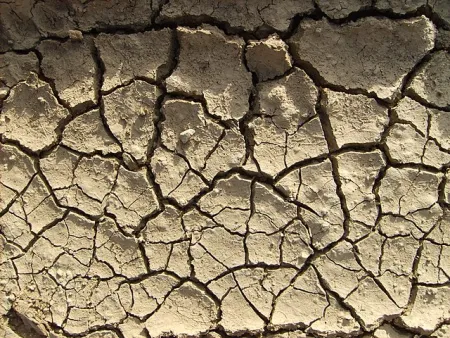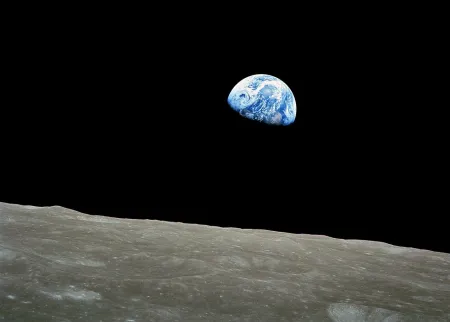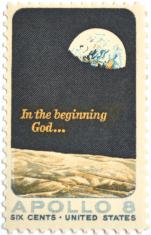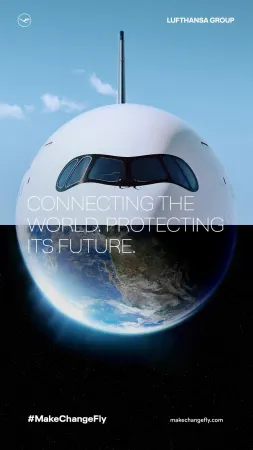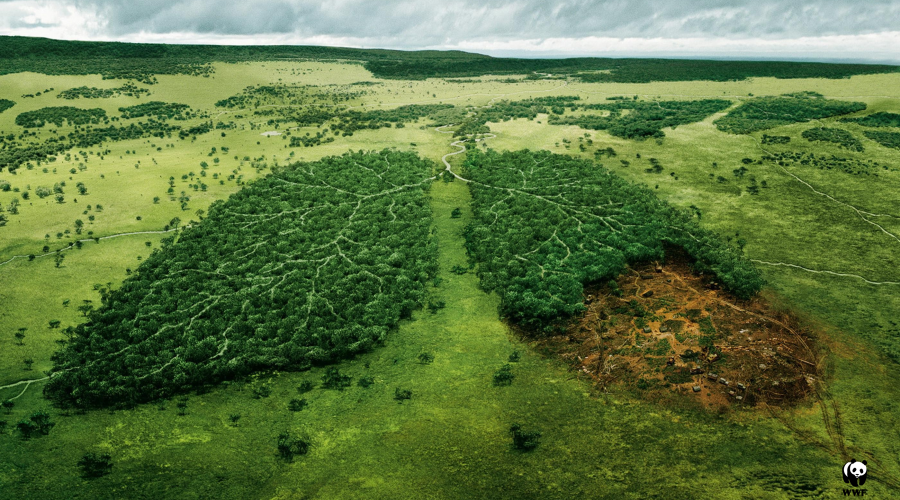
A downloadable version of this explainer is available here:
Overview
In a culture saturated with images that carry rhetorical power, it is essential to develop an ability to “read” visuals for their framing, the facts they imply, and the values they connote. Visuals include photographs, films, advertisements, and scientific aids like charts and graphs. Stakeholders can deploy visuals to argue for specific policy choices, but when the visuals lack context, they can mislead, conceal, and even erase other ways of seeing. Researchers use visual discourse analysis (VDA) to reveal how images mediate themes like time, truth, and power in socio-environmental (S-E) discourse. These analytical techniques originate with the humanities, where textual analysis is often a means of distinguishing between objective truths and subjective forms of representation that carry cultural values. As illustrated here, today, other scholars—including those studying S-E systems and problems—are using these techniques.
Socio-Environmental Applications
Humans and Landscapes
Benjaminsen (2021) uses VDA and Barthes’ theory of denotation, connotation, and myth to analyze images of landscape degradation. His study is based on his own selection of visual tropes that illustrate narratives about destructive grazing practices. He elaborates on how these forms of visual rhetoric uphold myths about native peoples’ mismanagement of pastoral ecosystems in diverse regions, including the West African Sahel, South Africa, and Norway.
He argues that the connotative or suggestive meanings in the images allow users to promote myths of unsustainable rangeland use, thus clearing the way for other stakeholders to impose technical management regimes that serve their interests. The use of popular rhetorical images, such as cracked ground from supposed drought in the Sahel, stigmatize Indigenous herding practices and appropriate the land for competing uses, including preservation. Benjaminsen’s approach, as an individual researcher who selects illustrative examples of connotative visuals, is akin to how ecolinguists and environmental humanists base their studies on the selection of illustrative examples. These images employ synecdoche (part represents whole), connotation, and myth to deliver implications far beyond simple denotation.
Climate Change Communication
O’Neill and Smith (2014) apply visual analysis to climate change communication across many media forms including television, advertising, social media, films, and scientific charts and graphs. They note three ways that visual communication differs from written:
- Images are analogical: A picture portrays the thing it depicts, as opposed to a text, which relies on literacy and social convention. (For example, the word “corn” is nothing like the thing it represents, unlike a picture of corn.) (73)
- Images lack narrative sequencing or logical connection, so in order to carry stories they must be sequenced in a series that implies causality, and these connections can remain imprecise and highly interpretable by the individual. (74)
- Images carry verisimilitude that implies a direct representation of reality (“the truth”) rather than a particular framing or context, and Photoshop-style alterations may covertly support the rhetorical needs of the user. (74)
The authors interpret the famed “Earthrise” image from the 1968 Apollo 8 mission. While some viewers read Earthrise as a nearly spiritual interconnection between Earth’s geosphere and biosphere, which implies the planet’s inherent value and fragility (“Whole-Earth” reading), others see a demonstration of humans’ technical mastery and a logical extension of the success of our modern scientific and economic world order (“One-World” reading) (74).
Courtesy of the United States Post Office Department
Once an image gains iconic status, users can play with themes to promote their views and values. This U.S. postage stamp from 1969 imposes a Christian creationist view of Earth. As an archival piece, it shows how the U.S. government allowed religious views to infiltrate public discourse, even within a secular agency like the U.S. Postal Service.
Widely circulated images can take on “natural” denotations or primary meanings that conceal their normative social meanings so that the images no longer appear as socially constructed. “Earthrise” shows how the first moon-based photograph of Earth (denotation) has been employed to represent and support the dominant cultural value of human technological mastery (connotation). VDA brings the viewer back into a position to read values, bias, and context in an image that stakeholders may have intended to seem like an objective rendering of reality.
Visual discourse analysts have achieved insights into how different nations, types of publications, and image producers deploy climate change imagery as their values and objectives differ. O’Neill and Smith conclude that consumers can understand climate change imagery through three major themes that recur in images’ production and consumption: time, truth, and power (83). All three themes help unpack how the users strategically construct representations that appear as realities.
In both cases, the authors have no ambition to conduct a comprehensive search of large quantities of visual texts, which would require a data-processing approach like visual artificial intelligence (AI). Instead, they rely on a small selection of quintessential visuals, such as cracked earth during a drought, the iconic photo Earthrise, and alarming climate change graphs, to educate their audience about the ways we may critically appraise the values hidden in visual rhetoric.
Greenwashing
The use of visuals as a way to greenwash environmentally impactful industries is another ripe area to apply discourse analysis. The UK’s Advertising Standards Authority (ASA) recently banned this image circulated by the airline Lufthansa. Their critique is that the image implies (connotes) green credentials and carbon mitigation plans that the airline may aspire to, but which it presently has not implemented nor provided clear steps toward achieving. In their analysis, the phrase “protecting its [the world’s] future” united with an image of a blended airplane/Earth misleads consumers to thinking that the company is actively integrating planetary “protection,” while it is actually practicing business as usual. Intelligent critical analysis of imagery is an accessible and rewarding way to learn how discourse and rhetorical tools are deployed in the disservices of greenwashing.
These SESYNC lessons: Greenwashing in the Fashion and Apparel Industry and Ecological Restoration and Corporate Greenwashing provide that opportunity.
References
Benjaminsen, T.A. (2021). Depicting decline: images and myths in environmental discourse analysis. Landscape Research, 46(2), 211-225. https://doi.org/10.1080/01426397.2020.1737663
O'Neill, S.J., & Smith, N. (2014). Climate change and visual imagery. WIREs Climate Change, 5(1), 73-87. https://doi.org/10.1002/wcc.249
